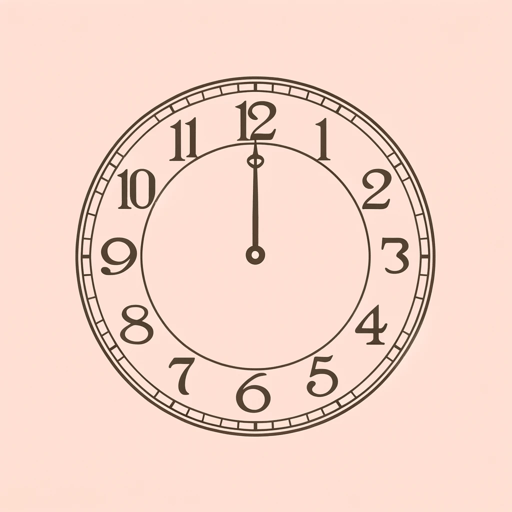56 pages • 1 hour read
Sophie CousensThis Time Next Year
Fiction | Novel | Adult | Published in 2020A modern alternative to SparkNotes and CliffsNotes, SuperSummary offers high-quality Study Guides with detailed chapter summaries and analysis of major themes, characters, and more.
Background
Genre Context: Romance Tropes and Romantic Cinema Classics
Romance novels and films typically feature a love story between characters that culminates in a happy, optimistic ending. These stories feature tropes, or recurring plot elements, that advance character relationships and the overall narrative while signaling to readers that romantic chemistry is developing. One characteristic romance trope is the enemies-to-lovers trope, where two characters begin in an antagonistic relationship and fall in love as the narrative progresses. Another common romance trope is the idea of soulmates, or characters who are fated to be together. Sophie Cousens’s use of these tropes—as well as the narrative’s frequent references and allusions to classic romantic films—solidifies the novel’s place in the romance genre.
In This Time Next Year, Cousens presents an alternative, one-sided version of the enemies-to-lovers trope: Minnie has a long-standing rivalry with Quinn due to the circumstances of their births, but Quinn initially holds no animosity toward her. Minnie associates Quinn entirely with the story she grew up with: Quinn is “the boy who’d stolen her name, and with it, her good fortune” (27). Minnie is harsh with Quinn, calling him a “rich kid mummy’s boy who has no idea what the real world looks like” (126).

